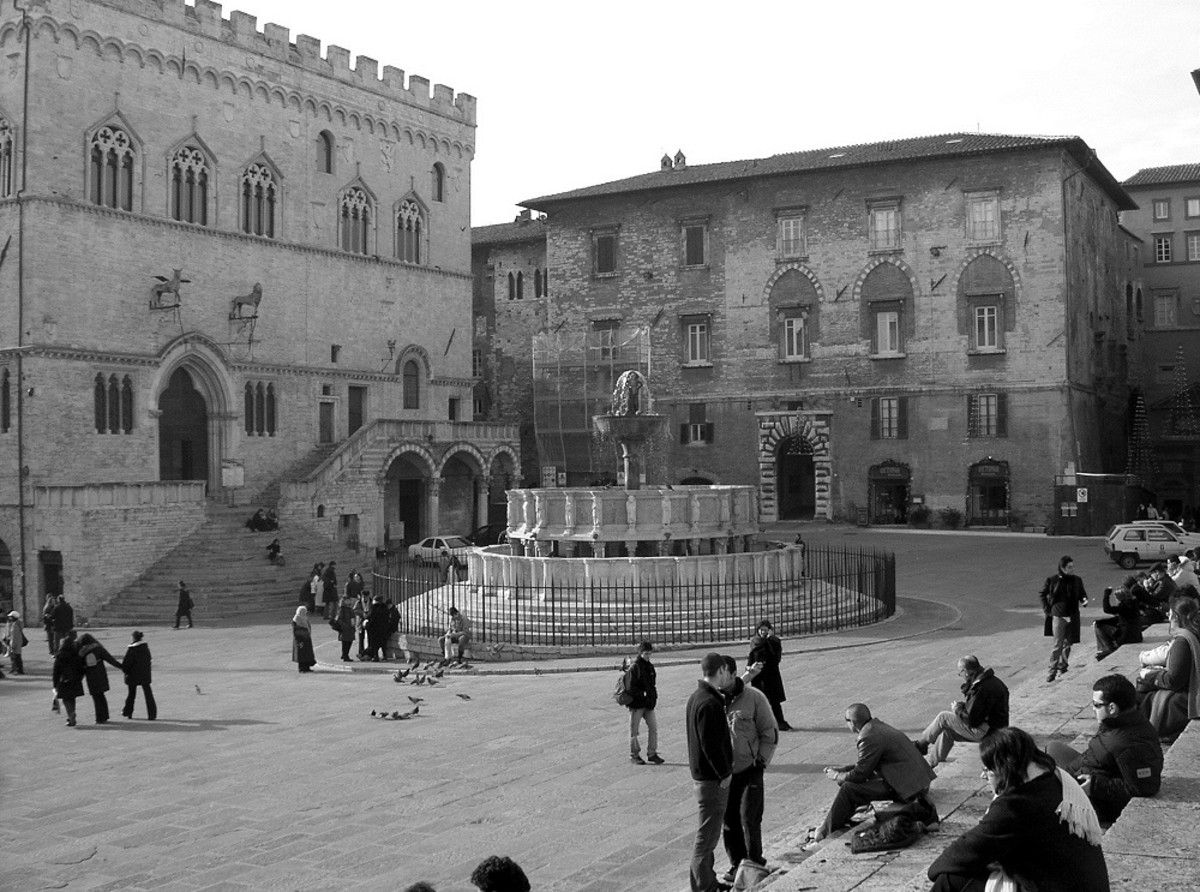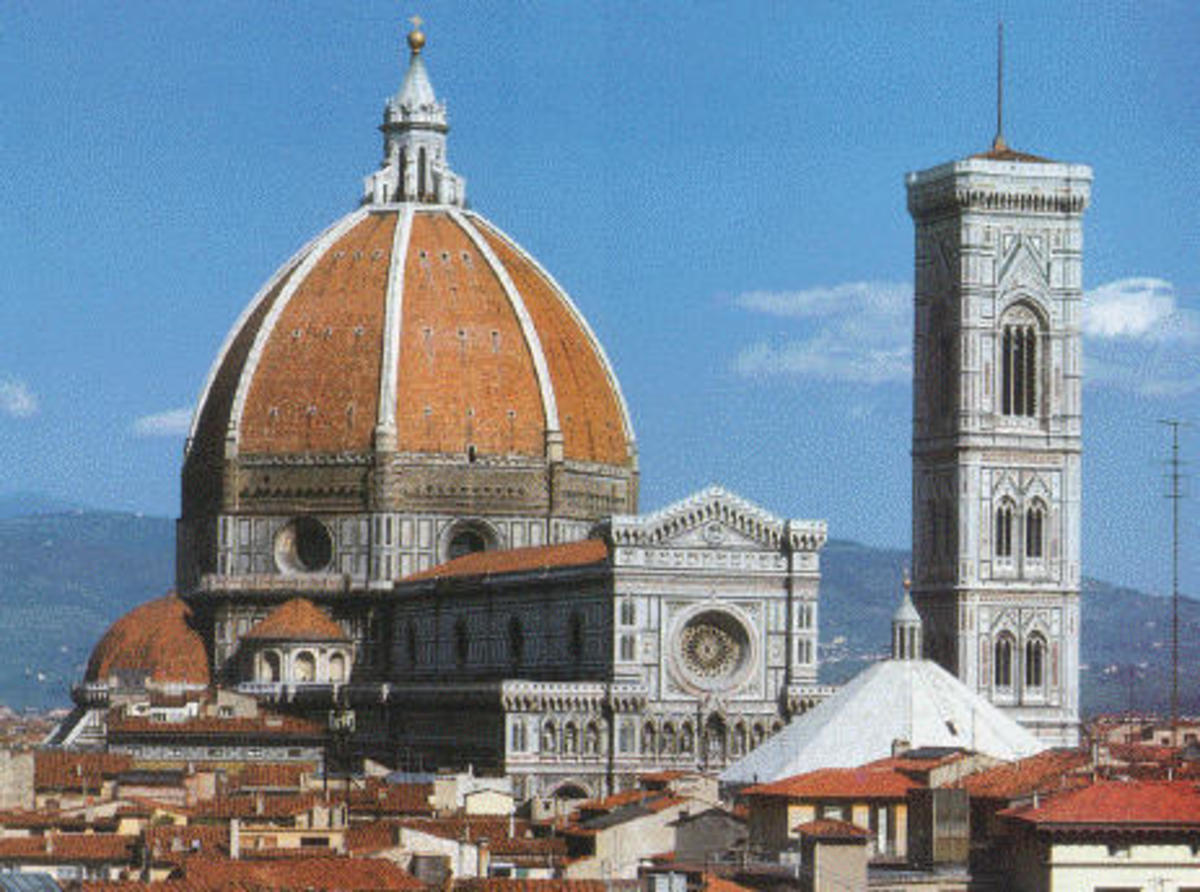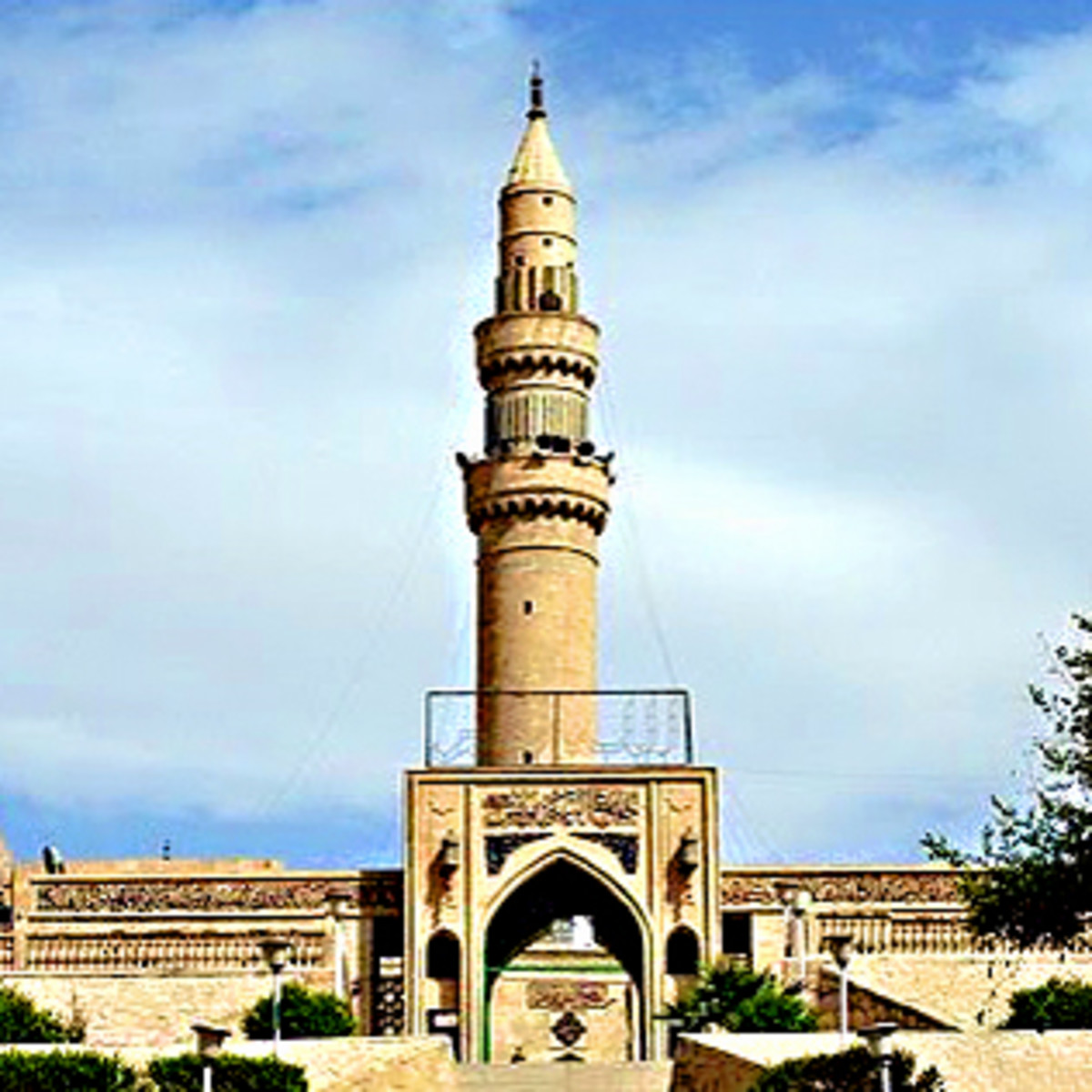H80 CG03The City in Time and Space3
The Renaissance and baroque periods
During the renaissance (1500-1700) and baroque (1700-1800) periods, the form and function of the European city changed. Absolute monarchs arose to preside over a unified nation-state. The burghers, or rising middle class, of the cities slowly gave up their freedoms to join with the king in pursuit of economic gain. City size increased rapidly because the bureaucracies of regional power structures came to dominate cities and because trade patterns expanded with the beginnings of European imperial conquest. A new concern with the city planning and military technology also acted to remold and constrain the physical form of the city.
Huge standing armies, permanently prepared for war, became the symbol of regional control over the city. In a sense, these armies “occupied” the major cities of Europe. Their presence brought to the baroque city a new type of geography. The barracks invaded the city center. Drill grounds consumed urban open-space areas. Arsenals multiplied. Even the make-up of the population changed in significant ways. For instance, in 1740 almost a quarter of Berlin’s 90,000 people belonged to the military.
The townscape of Saizburg. Austria illustrates two important periods of urban development. The tightly compact housing closest to the river is medieval, while the larger buildings set off by squares and courtyards were constructed later during the baroque period.
The boulevard was a favorite of the baroque planners. The avenues often led to public buildings or monuments and were lined by upper-income housing. Unfortunately, the boulevards were usually created at the expense of thousands who were displaced as older housing was destroyed by the street builders.
Renaissance and baroque planning had a profound effect on many American cities, as well as European cities. For example, Washington, D.C. was originally designed by a French planner during the height of the baroque period. Although the original plan has been compromised somewhat, its intent is still visible in the wide boulevards, open spaces, public buildings, and monuments of the city. Other examples of the baroque spirit can be found in such cities as Philadelphia; Williamsburg, Virginia; and Columbia, South Carolina.
LIVING CONDITIONS IN THE INDUSTRIAL AGE: LONDON 1849
Henry Mayhew was a journalist who spent a part of his life investigating poverty, labor, and living conditions in nineteenth-century England. In London Labour and the London poor, he has left us a classic account of life in industrial England. The summer of 1849, when Mayhew started his work, was period of particular tension in England, because a cholera plague was sweeping the country. Within three months, 13,000 people were estimated to have died of the disease in London alone. Mayhew visited the cholera areas, which were mainly the districts where the laborers and unemployed poor lived. At that time, the way cholera spread was still being debated, but Mayhew’s conclusions seem clear. “So well-known are the localities of fever and disease,” he wrote, “that London would almost admit of being mapped out pathologically, and divided into its morbid districts and deadly cantons,” Here is part of this account of his trip to one of the “deadly cantons”.
THE ORIGINS OF ZONING IN AMERICA: RACE AND WEALTH
“The standard zoning ordinance of American cities was originally conceived from a union of two fears—fear of the Chinese and fear of skyscrapers. In California a wave of racial prejudice had swept over the state after Chinese settlers were imported to build the railroads and work in the mines [in the mid-nineteenth century]. Ingenious lawyers in San Francisco found that the old common law of nuisance could be applied for indirect discrimination against the Chinese in situations where the constitution of the state forbade direct discrimination. Chinese laundries of 1880’s had become social centers for Chinese servants who lived outside the Chinatown ghetto. To whites they represented only clusters of undesirables’ in the residential areas where Chinese were living singly among them as house servants. By declaring the laundries nuisances, hazards, San Francisco hoped to exclude Chinese from most sections of the city….Such nuisance-zone statutes spread down the Pacific coast. They were directed against laundries, livery stables, saloons, dance halls, pool halls, and slaughterhouse.
The Ecology of Urban Location
The theme of cultural ecology can help us understand the spatial distribution of cities. More exactly, the physical environment was often an important factor in determining where cities were formed. In the Old World, especially, the sites of many cities reveal environmental decisions that were made centuries or millennia in the past.
Defensive Sites
Perhaps the single most important environmental factor in determining the site of a city was related to the need for natural defense. Cities were traditionally in frequent danger of attack, and their founders chose sites that could easily defended.
There are many types of defensive sites (some are diagrammed in figure 3-10).The river-meander site, with the city located inside a loop where the stream turns back on itself, leaves only a narrow neck of land unprotected by the waters. Cities as widely separated as Bern, Switzerland, and New Orleans are situated inside river meanders. Indeed, the nickname for New Orleans, Crescent City, refers to the curve of the Mississippi River.
Trade-Route Sites
In any other instances, defense was not a prime consideration. Urban sites were frequently chosen because they lay at important points on trade routes. Here, too, the influence of the physical environment can be detected.
Especially common types of trade-routes sites (see Figure 3-11) are bridge-point and river-ford sites, places were major land routes could easily cross rivers. Typically, these were sites where streams were narrow with firm banks or shallow with firm beds. Occasionally, such cities even bear in their names the evidence of their sites, as in Frankfurt (“ford of the Franks”), West Germany, and Oxford England. The site for London was chosen because it is the lowest point








